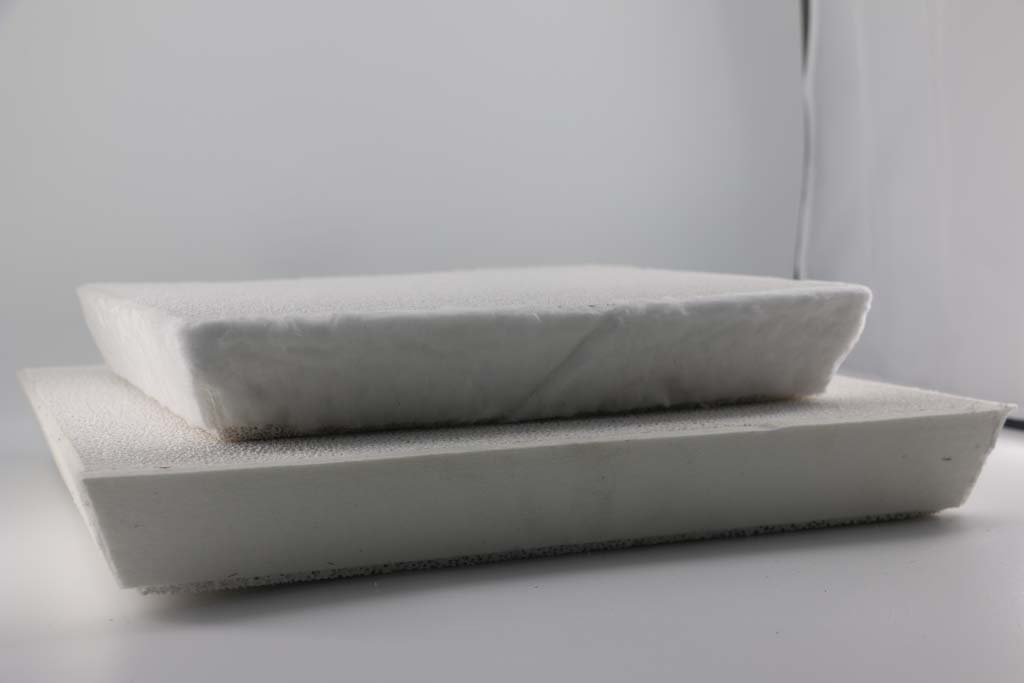
25 11月 30ppi Ceramic Foundry Filter
30ppi Ceramic Foundry Filter is an economical and convenient way to remove aluminum water inclusions and is widely used in filtering aluminum water.
The ceramic foam filter plate is available in sizes from 7″ to 26″, and the size of through holes ranges from 20ppi to 60ppi.
There is an 8mm aluminum silicate gasket around the ceramic filter plate to seal the contact part of the filter plate and the filter box to ensure that there is no aluminum liquid bypass.
The accuracy of the filter plate size is very important to ensure that it fits the filter box completely.
The actual filtering capacity of the ceramic filter plate is determined according to the on-site casting conditions (alloy, temperature, amount of inclusions, etc.).
The amount of inclusions in molten aluminum has an important impact on the quality of aluminum and aluminum alloy ingots. In order to improve the purity of molten aluminum, filtration is generally used to remove non-metallic inclusions in the melt during the production of aluminum and aluminum alloy ingots.
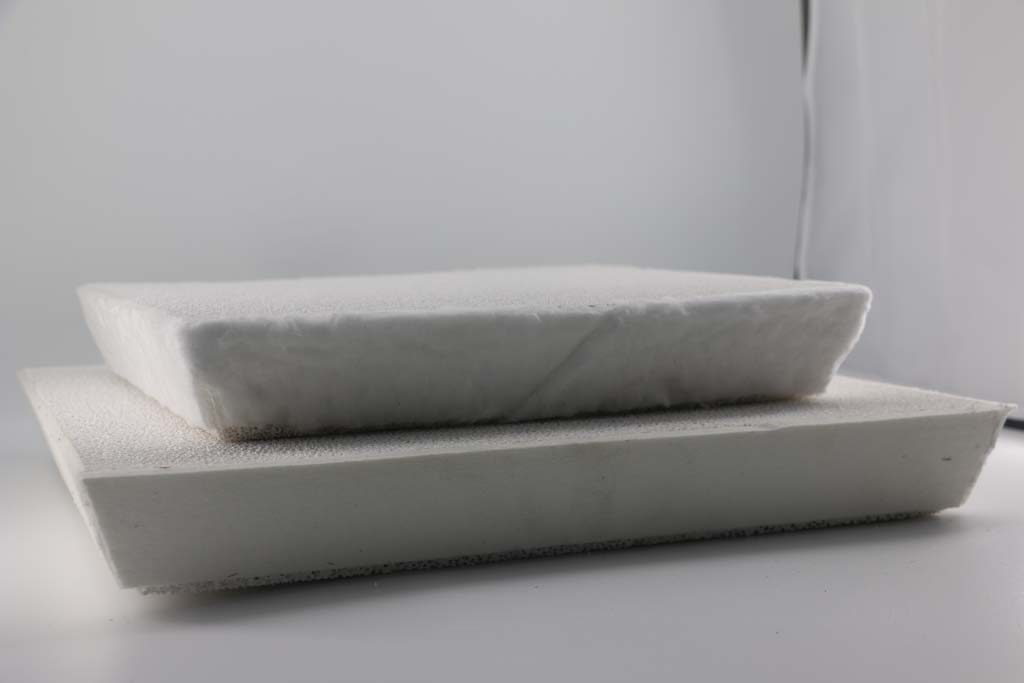
At present, the filtration methods mainly include glass cloth filtration, deep bed filtration, ceramic tube filtration and foam ceramic filter plate filtration.
Foam ceramic filter plate has been widely used because of its convenient use, low cost and high filtration efficiency. It has become the first choice for filtering aluminum liquid in the industry.
With the improvement of the quality requirements of the ingots, the requirements for the purity of the molten aluminum during casting are getting higher and higher. Therefore, the pore size of the filter plate is getting smaller and smaller when the foam ceramic filter plate is used to filter the molten aluminum.
30ppi Ceramic Foundry Filter has a multilayer network, multi-dimensional through holes, and holes are connected to each other.
When filtering, the molten aluminum carries inclusions and flows along the tortuous channels and pores, and is directly intercepted, adsorbed, deposited, etc. when it contacts the foamed framework of the filter plate.
When the melt flows in the hole, the channel of the filter plate is curved, the melt flowing through the channel changes the flow direction, and the inclusions collide with the hole wall anvil and firmly adhere to the hole wall.
The main effect of the foam ceramic filter is to ensure its size and porosity. The larger the pores of the filter plate, the worse the slag removal effect. For aluminum castings with strict requirements, a filter plate with small pores should be selected.


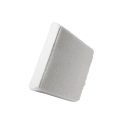
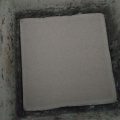
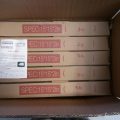
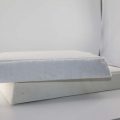
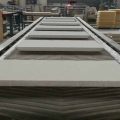
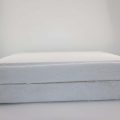
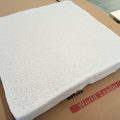
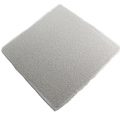
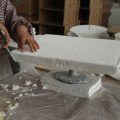
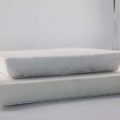
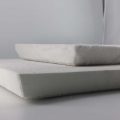
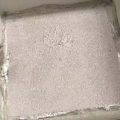
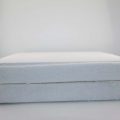
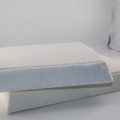
Sorry, the comment form is closed at this time.